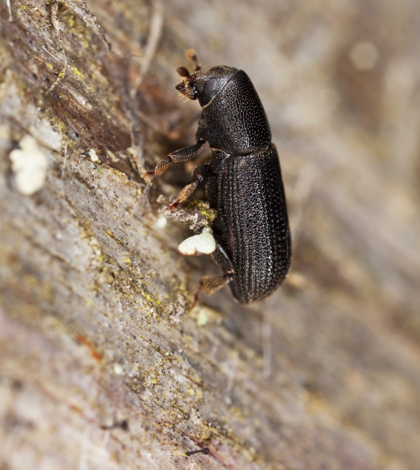The ongoing issue of California’s drought now faces additional issues with the increasing number of dead trees in the Southern Sierra Nevada forests and a budget lacking the resources for fighting massive wildfire disasters.
The U.S. Forest Service maintains that, “With the increasing size and costs of suppressing wildfires due to climate change and other factors, the very efforts that would protect watersheds and restore forests to make them more resilient to fire in the future are being squeezed out of the budget.”
As of Wednesday, the U.S. Forest announced that an additional 26 million trees in California have been identified as dead since October 2015. These trees are in addition to the 40 million trees that died statewide from 2010 through October 2015. This brings the total of dead forest land trees to at least 66 million in the Southern Sierra Nevada mountains. Causes for the tree die-off are many but are primarily due to four consecutive years of severe California drought, a dramatic rise in bark beetle infestation and warmer temperatures due to global warming.
Tree dies-offs of this magnitude are unprecedented and increase the risk of catastrophic wildfires that puts property and lives at risk,” said Agriculture Secretary Tom Vilsack. “While the fire risk is currently the most extreme in California because of the tree mortality, forests across the country are at risk of wildfire and urgently need restoration requiring a massive effort to remove this tinder and improve their health.
“Unfortunately, unless Congress acts now to address how we pay for firefighting, the Forest Service will not have the resources necessary to address the forest die-off and restore our forests. Forcing the Forest Service to pay for massive wildfire disasters out of its pre-existing fixed budget instead of from an emergency fund like all other natural disasters means there is not enough money left to do the very work that would help restore these high mortality areas. We must fund wildfire suppression like other natural disasters in the country, ” said Vilsack.
Last fall, California Gov. Jerry Brown declared a state of emergency on the unprecedented tree die-off in California and formed a Tree Mortality task force to help mobilize additional resources for the safe removal of dead and dying trees. The Forest Service has committed significant resources to restore impacted forests including reprioritizing $32 million in California to conduct safety-focused restoration along roads, trails and recreation sites.
Forest Service aerial detection surveys found that 40 million trees died across California between 2010 and late 2015, with nearly three quarters of that total succumbing to drought and insect mortality from September 2014 to October 2015 alone. The survey identified approximately 26 million additional dead trees since the last inventory in October, 2015. The areas surveyed covered six southern Sierra counties including Fresno, Kern, Madera, Mariposa, Tuolumne and Tulare.
To date, the Forest Service has felled over 77,000 hazard trees, treated over 13,000 acres along 228 miles of roads around communities and recreation sites, and created 1,100 acres of fuel breaks. Work on another 15,000 acres is in progress. Forest Service scientists expect to see continued elevated levels of tree mortality during 2016 in dense forest stands, stands impacted by root diseases or other stress agents and in areas with higher levels of bark beetle activity. Additional surveys across the state will be conducted throughout the summer and fall.
With the increasing size and costs of suppressing wildfires due to California’s on-going drought in the majority of the state — now entering its fifth year – along with climate change and other factors, make this a potentially challenging year. At this point in the very early fire season four major wildfires continue to burn within the state – the Pony fire in very north California, the Sherpa fire in Santa Barbara county, the San Gabriel Complex Fire in the Los Angeles basin and the Border 3 fire at the San Diego border with Baja California. Last year, fire management alone consumed 56 percent of the Forest Service’s budget.
 California Water News Daily Your Source For Water News in California
California Water News Daily Your Source For Water News in California


